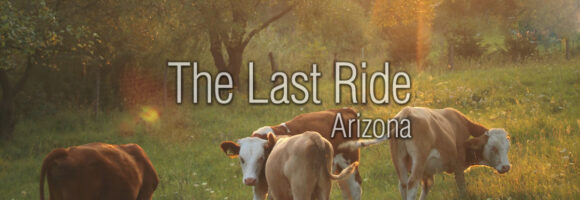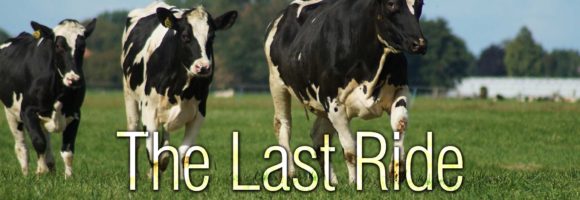Addressing Heat Stress in Dairy Cows Through Dietary Changes

If you do not take the proper steps to help ensure your dairy cows do not become overheated, they may suffer from heat stress. If your cows suffer from heat stress, they will become lethargic and inactive. They may stand with their heads bowed and they may begin to pant in an effort to increase heat loss. Oddly enough, they may even move closer to one another and stand in tightly packed groups.
Not only is heat stress not good for the overall health of your dairy cows, but it is also not good in terms of milk production. To help reduce the heat load of your dairy cows while giving yourself the best chance of maintaining high production yields, you may need to increase the nutritional value of what you are feeding those cows that are experiencing heat stress. This is because low-quality food generates more heat as it ferments inside the rumen. High-quality foods digest faster and, therefore, result in less heat production.
Of course, you will also need to be careful with how you balance the diet of your cows, as an improperly balanced diet can also lead to digestive orders, such as displaced abomasums and acidosis. Clearly, taking steps to prevent heat stress is the more ideal approach to take with your dairy cows.
